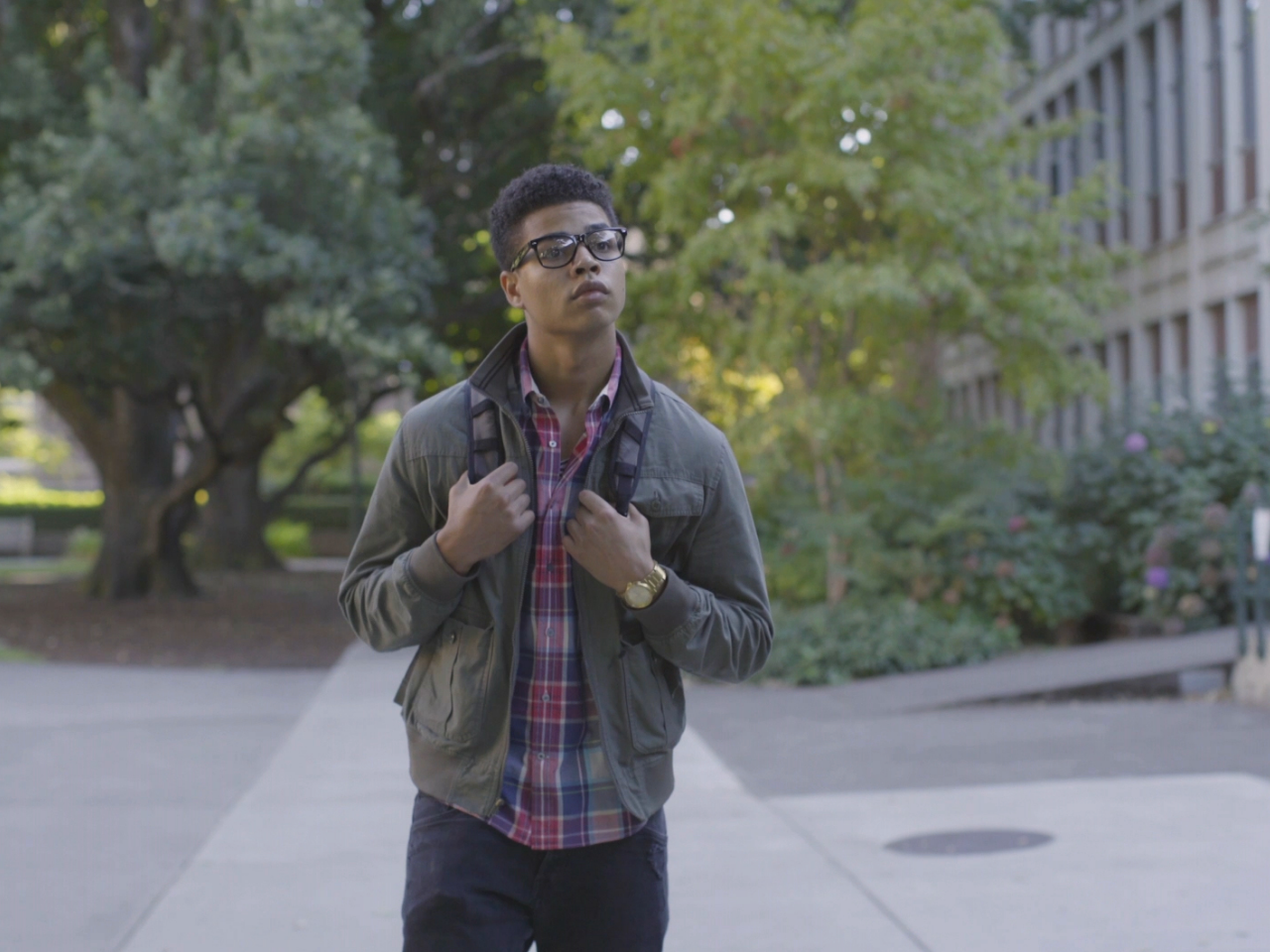Dallas County Promise Celebrates Five Years of Supporting Students




As the Development and Communications Coordinator at Bachman Lake Together, Vanessa Larez helps connect philanthropic resources with strategies to support high-quality early education in Dallas’ Bachman Lake neighborhood. But she didn’t always think this was possible.
“I probably wouldn’t be where I am today without the Dallas County Promise,” Larez said.
Larez graduated from Dallas ISD in 2018, making her eligible to participate in the first cohort of the Dallas County Promise. A Promise scholarship covered the bulk of her tuition at Southern Methodist University (SMU). Combined with other grants, Larez was able to attend SMU tuition-free, setting her on her path toward earning a living wage while helping others.

Dallas County Promise is a coalition of school districts, colleges, universities, employers, and communities that have joined forces to help more Dallas County students complete college and begin self-sustaining careers. Promise works to create an affordable pathway to a degree, certificate, or credential at 10 of the region’s two- and four-year college and university partners, including Dallas College, UNT Dallas, Texas Woman’s University, and Texas A&M-Commerce. The amount of local high school seniors eligible for this innovative program exceeds the total graduating class of 15 different U.S. states.
This year the Dallas County Promise marks its fifth year in operation supporting students such as Larez. To date, Promise has provided almost 90,000 high school seniors and their families with enhanced supports for completing college applications, financial aid, and enrollment processes, as well as a last-dollar scholarship to participating institutions – and it continues to grow. The program will now include 69 participating high schools serving 25,000 students this school year.
Starting Sept. 1, students at these 69 participating high schools can complete the Promise Path to show their initial interest in receiving tuition assistance, coaching, and other Promise benefits. This step ensures students can participate in the program, without any obligation to attend a Promise partner college or university

In addition to providing last dollar scholarships, Dallas County Promise uses data and capacity building with partner high schools to help ensure that all students receive high quality advising and can make an informed choice about their best fit postsecondary pathway. It’s clear these strategies are making an impact. In 2021-22, Promise saw more than 21,000 seniors indicate their intention to pursue a post-secondary education, the highest number in the history of the program. 81% of those seniors have submitted a financial aid application, exceeding state and national averages and returning to pre-COVID levels.
Dallas County Promise Managing Director Katrina James said the coalition is working to involve students and families earlier in the process to start thinking about possible postsecondary options, since, by senior year, it can be difficult to start those conversations for the first time.
“It is humbling to watch former Promise students like Larez thrive, earn a living wage, and give back to our community five years later,” said James. “We have more work to do to make sure all Dallas County students have this opportunity, but I am excited by what we have accomplished and can’t wait to see what the next five years will bring.”
For Larez, the Dallas County Promise has come full circle, as her little sister is a Promise recipient and starting at SMU this fall.
“I’m the oldest grandchild, so I tell all of my family who are coming up and starting to think about college to do the Promise,” Larez said. “It’s a great opportunity to get a head start on a bright future.”







.avif)